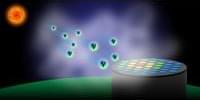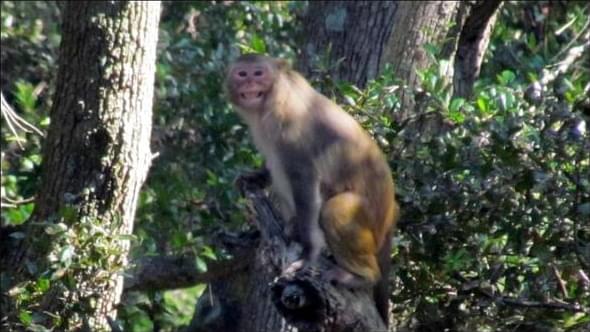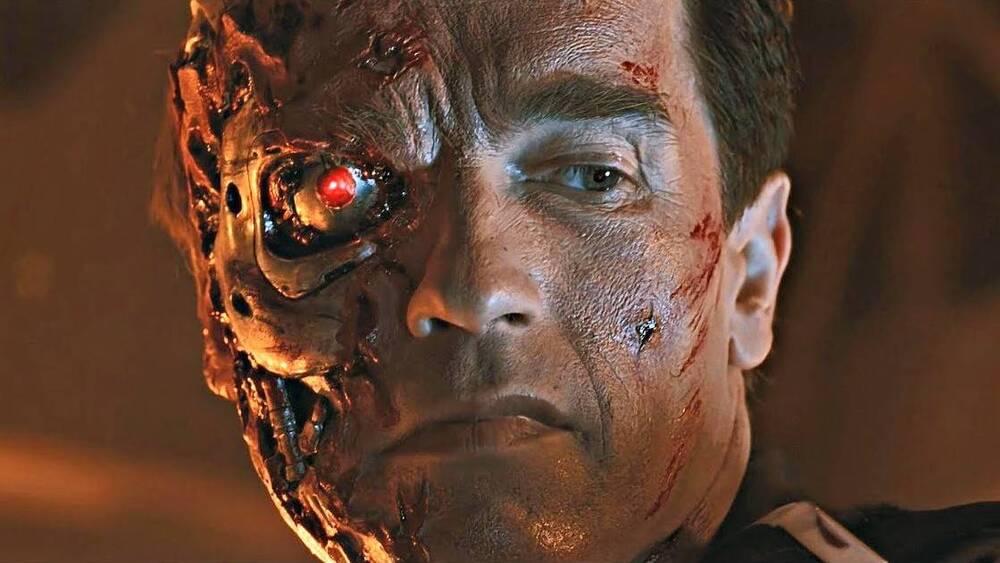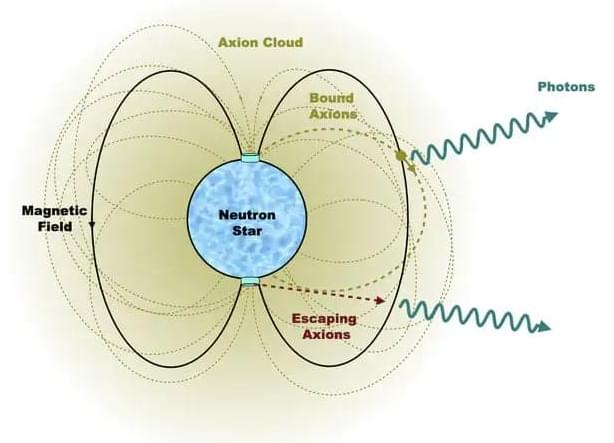Yes, AI and music is here. Its free, and you don’t even have to sing anymore.
Suno AI’s new “Personas” feature, which lets you save unique vocal styles, vibes, and music elements as customizable Personas! With this game-changing tool, you can preserve the exact feel and voice of any track and reuse it in multiple songs. In this video, I’ll walk you through:
#sunoai #aimusicgenerator #sunoaimusic.
- Creating a Persona from any song in your library.
- Customizing Persona names, adding images, and setting privacy options.
- Applying Personas in different genres, from pop to heavy metal.
- Tips on using Personas for various music styles and languages, including Turkish and Hindi songs.
- How to use your own vocals by uploading an audio sample.
- Plus, I’ll give you details on the exciting Timbaland remix contest happening on Suno AI!
Don’t miss this guide if you’re ready to expand your music creation with personalized vocal styles and make the most of Suno AI’s features.
Link to my Persona : https://suno.com/persona/95b06068-6af3-407d-a7c9-f2b4c756c783
Want to hear my original and cover tracks? Check out the links below! If you enjoyed this tutorial, like, subscribe, and let me know in the comments if you want any Personas made public.







